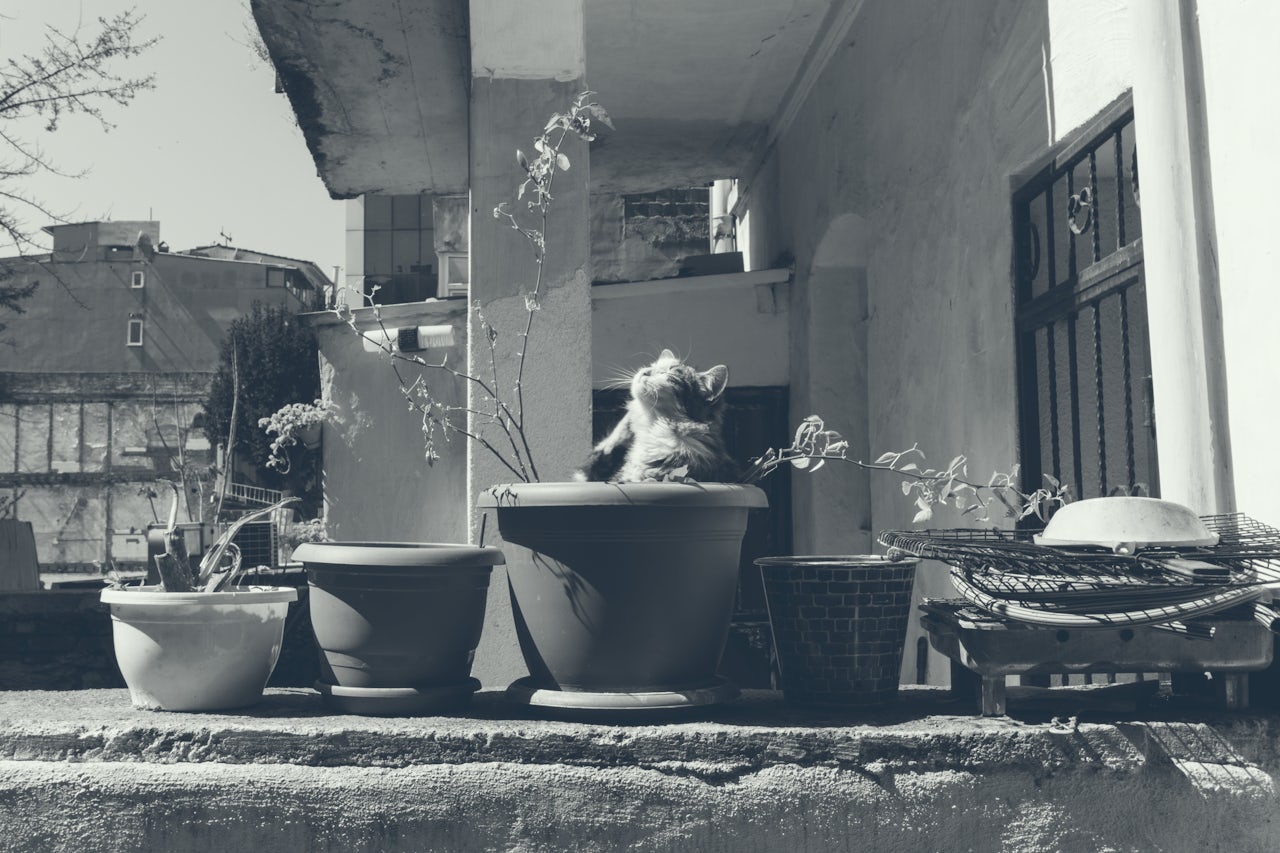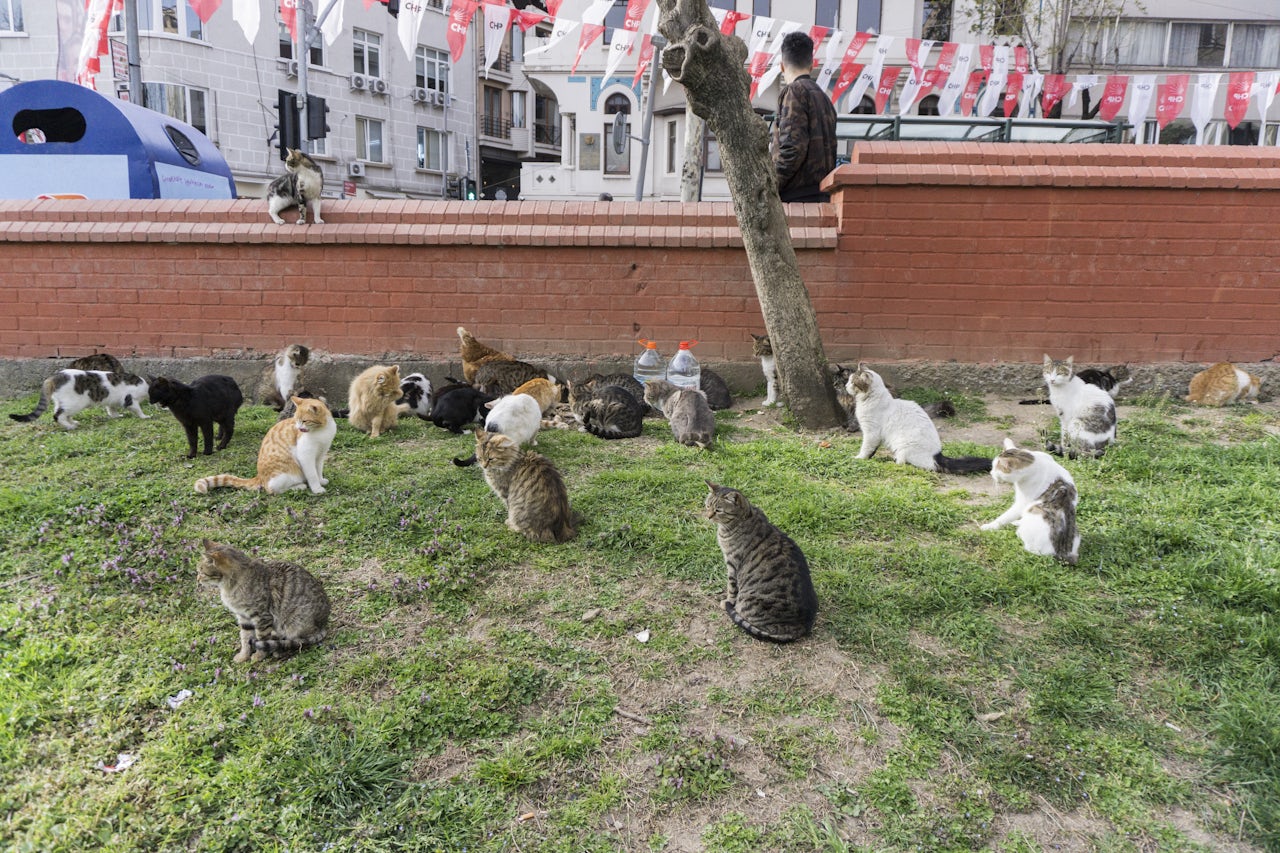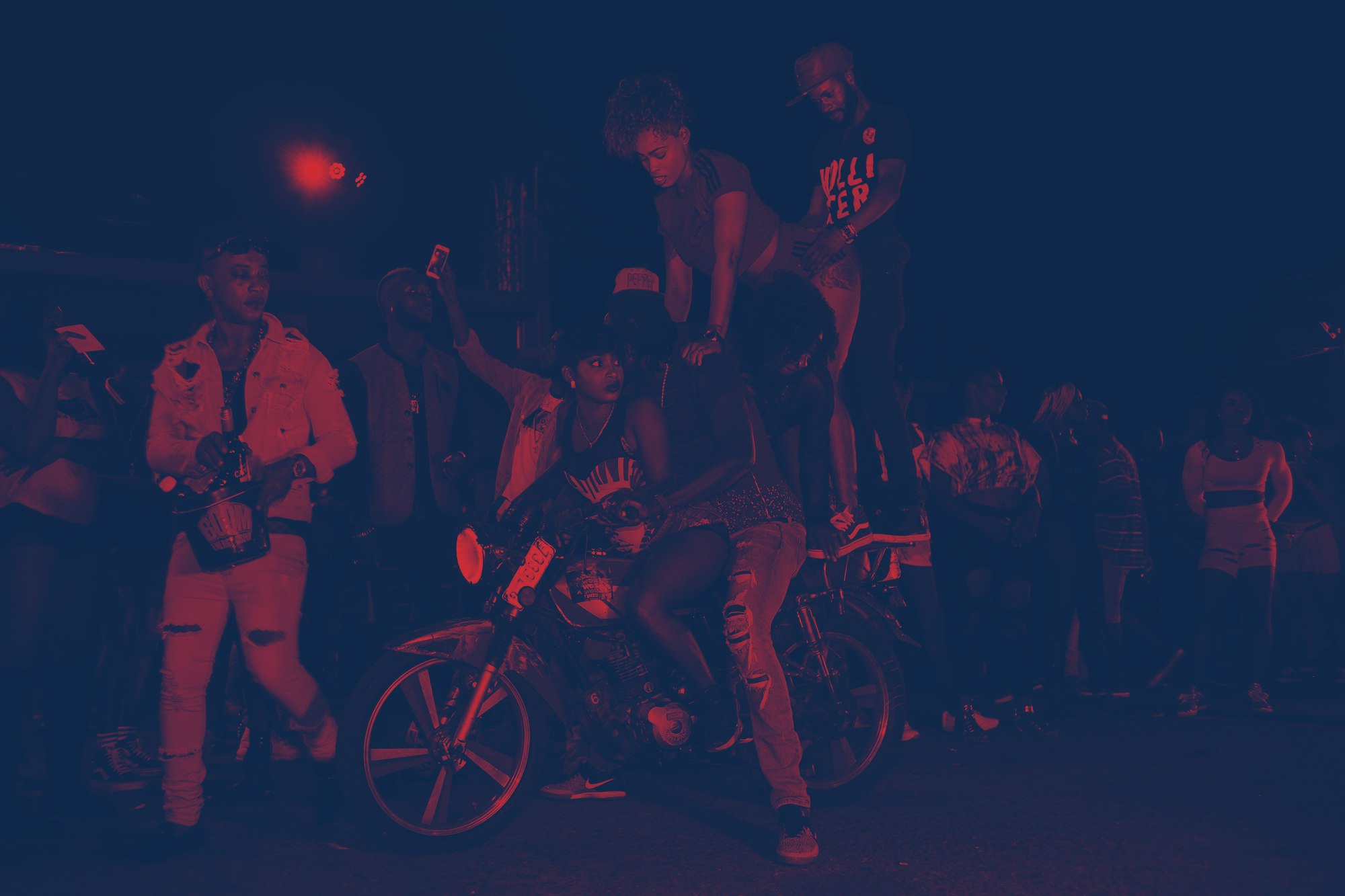On a hot summer day, walking the steep stone-paved street from the port of Karaköy towards the main avenue on the European side of Istanbul is not an easy task, even for the most fit. Whenever I have to go up this road, I usually take a small rest at one of the cafes under the Galata Tower to catch my breath and drink a glass or two of orange-flavored çay (Turkish tea).
Those cafes are always very crowded, as the Galata Tower is one of the city’s must-see sights. However, not all tourists are interested in the panoramic view over the historic peninsula and the breezy Bosphorus Sea. Many prefer to not go up to the tower, but instead stay down on the street giving their attention to one of Istanbul’s Instagram favorites, besides the mosques and the museums:
The cats.
Cats are the most beloved animal in Istanbul and the living attraction of this huge city. They are extremely friendly, come in all sorts of cuddly colors and sizes, and always respond with a greedy “meow.” Stray cats usually take the best seats at cafes and restaurants in Istanbul without anyone even bothering moving them. They maneuver around tables and customers, inside and out of the buildings in search of the most comfortable spot.
The actual number of cats in Instanbul is very hard to estimate, as no one can really count them. “They could be about a million,” said Rana Babaç Çelebi, the founder of the Cats of Istanbul, one out of a handful groups created to help the city’s stray animals. Çelebi also claims responsibility for popularizing the #catsofistanbul Instagram tag when she was living in Sisli, a neighborhood known for its cats. Today, hundreds of photos are posted every day under this and other similar hashtags on social media.
About nine years ago, something horrible happened that made her transform a simple hashtag into a support group: a university student filmed himself killing a cat, and posted the video on YouTube. Following a brief outrage, activists organized a huge campaign against animal cruelty. “I saw the video and I was really affected, because I love animals and I couldn’t believe that somebody could do something like that,” Çelebi said.
Today, Cats of Istanbul has about 300 active volunteers who get together whenever action is needed, like fixing some cages in shelters, setting up cat houses in the neighborhood, feeding the cats when the weather is bad or simply just giving them affection.
Mistreatment is something very real for the stray animals in the city, said Hilary Sable, a British expat who has been living in Istanbul for 13 years and is the founder of the Cihangir... Cool for Cats aid group. “The pretty picture that gets shown in films like Kedi (a 2017 Turkish documentary following seven stray cats on their daily adventures in Istanbul), is only the surface,” she said, adding that frequent intentional human cruelty and diseases, many of which are transmitted, are some of the biggest problems for the stray animals in the city.
When Sable first came in Istanbul, she was living near Galata. At the time, the stray animals there weren’t as friendly as they are today, because “it wasn’t an area to care for them, so the cats behaved accordingly.” This has changed over the years as the area has become more gentrified. Today, the cats don’t run away to hide when they see people. They scratch their heads on your feet or even hop of you if they feel you’re a cat lover (as only cats can). Sable created her group in 2011, and it now has more than 6,000 members.
“We are not an animal rescue, but animal support group,” she said. “People come here, fall in love [with the cats] and want to take them back home, and we help them do it. We have animals going all around the world, as far as Australia, and quite a few to Germany and U.K. as well. We help with the documentation and all the paperwork, and they have to have certain vaccination. There are lots and lots of regulations; I’ve become an expert now.”
Some districts have created cat houses in parks, while other individuals spend money and time to install beautiful cat houses around their neighborhoods. There are three big shelters in the city, which Sable and Çelebi said don’t have the best reputation for care. And as the value of the Turkish lira drops, the cost of medicine and food has increased, which makes their cat-relief work even harder.
“We don’t get proper funding from anyone, so we mostly rely on the kindness of strangers,” Sable said.
The first cats arrived in Istanbul on merchant ships from Egypt during the Ottoman Empire. In Islam, cats are considered a sacred animal — as the story goes, a cat saved Prophet Muhammad from a deadly snake and he blessed the animal in gratitude. But in Istanbul at that time, people gladly kept the newly arrived cats because the city’s wooden houses attracted a lot of rats, Çelebi explained.
Religious veneration, however, doesn’t mean the city’s current cats receive the care they need. But a community has formed around them. “Luckily, there are a lot of vigilant people, who protect the animals and keep an eye on them,” Sable said. She’s currently planning to launch a crowdfunding campaign in order to pay for the cats’ needs.
Still, cats are adept in providing for themselves, something you can see just by crossing the Galata Bridge over the Golden Horn. On both sides of the bridge, dozens of men fish for their livelihood. Amid the city’s loud noises and the irritating voice of the seagulls, you will usually hear men shouting in Turkish. And then you’ll see a cat holding a fresh fish in her mouth, trotting away.














